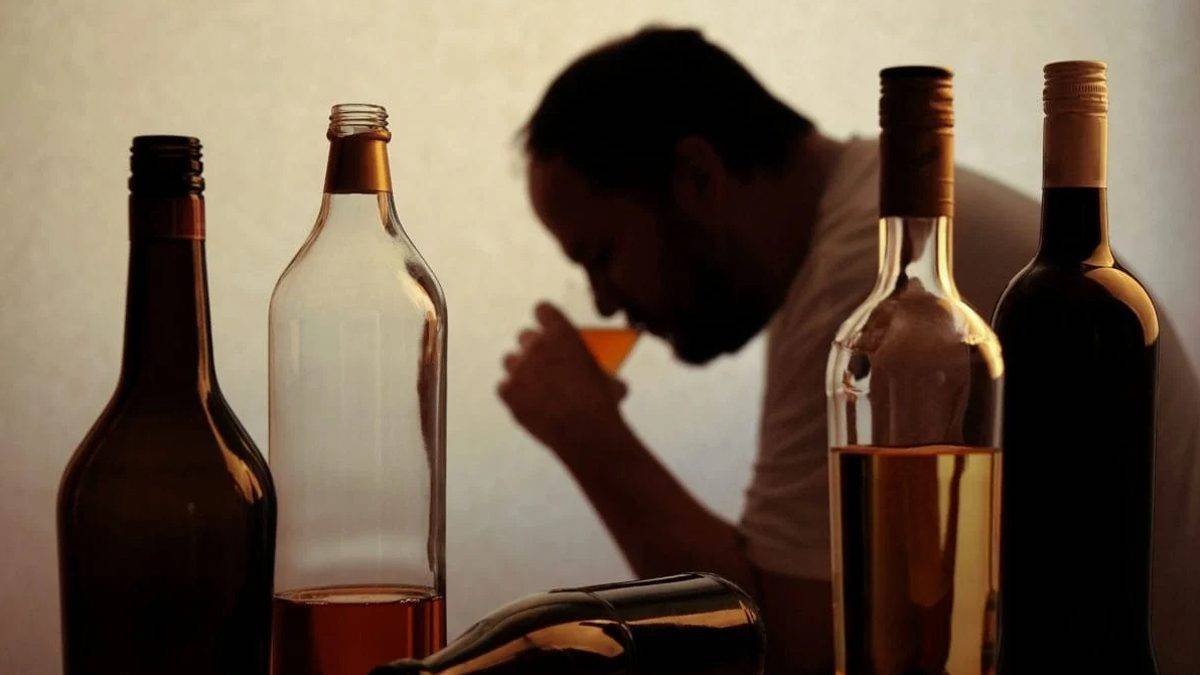Alcohol is a Selectively Addicting Drug. A nightmare for some. Dr. Sadaqat Ali Most of us have been exposed to alcohol at one time or another. Drinking is in fashion all around. What we don’t realize is that alcohol is a selectively addictive drug. For most drinkers alcohol is a harmless social beverage. But an estimated 10% of alcohol users fall prey to its addiction. For the minority who get addicted to alcohol, it becomes a nightmare for their whole family. Alcoholism is a term that I, prefer not to use, now. Instead, I use the term Vicious Drinking as opposed to simply Drinking.
Drinking: With a little intake of alcohol, the consumer feels energetic, joyful, and confident. Performance on difficult tasks improves. The world seems a better place after a drink or two. The average drinker stops here. A built-in deterrent seems to be working in most people. Moreover, the benefits of drinking are usually available only with low doses of alcohol.
Vicious Drinking: When sedation begins to override the stimulation with higher doses, the pleasure is all gone and what we are left with is annoyance and intoxication with slurred speech and staggering gait. We will study the gradual change from one stage to the other further on. Have you ever spoken to a loved one about this state? You might not have for one is often embarrassed to speak about such a thing. But if you did…What was his response?
Have you ever shown him a video of how he looks, speaks, and acts when under the influence? Try this with his prior permission and with respectful compassion. When sedation begins to override the stimulation with higher doses, the pleasure is all gone and what we are left with is annoyance and intoxication with slurred speech and staggering gate. Did you ever talk to a loved one about this? What was his response? Did you ever show him a video of how he looks while under the influence? Try this with his permission. When sedation begins to override the stimulation with higher doses, the pleasure is all gone and what we are left with is annoyance and intoxication with slurred speech and staggering gate. Did you ever talk to a loved one about this? What was his response? Did you ever show him a video of how he looks while under the influence? Try this with his permission. When sedation begins to override the stimulation with higher doses, the pleasure is all gone and what we are left with is annoyance and intoxication with slurred speech and staggering gate. Did you ever talk to a loved one about this? What was his response? Did you ever show him a video of how he looks while under the influence? Try this with his permission.
Drinking per se is not a defect of character, but it can be harmful due to many factors. There is nothing strange about it. Even eating can be harmful when it’s mindless. When I entered the field of counseling for the families afflicted by drinking in 1979, most scientists seemed to believe that there were only two kinds of people in the world: alcoholics, who could not drink safely, and the rest of us who had nothing to worry about when drinking. Now, we know the reality of drinking is not so black and white. Anyone who drinks above a certain amount is at a greater risk of developing a wide range of problems. So, I will talk about Social Drinking and Harmful Drinking ranging from Over Drinking, Dumb Drinking, Dependent Drinking, and Vicious Drinking. The reasons behind this drinking spectrum vary depending on the people and places you visit, their mindset, ethnicity, and genetics.
Strangely enough, when we look at our biochemistry, there is an elaborate arrangement for drinking as if we were supposed to drink. And a few of us have a liver enzyme malfunction which makes us unfit to drink. Normally alcohol breaks down to Water and Carbon Dioxide with an intermediate product, Acetaldehyde, a toxin, which is produced slowly but eliminated quickly. In some people, due to a genetic trait, an error in metabolism occurs, so acetaldehyde is produced quickly and eliminated slowly. Due to this double jeopardy, acetaldehyde accumulates in the blood. Don’t forget, acetaldehyde is toxic! And toxins affect our moods.
Some people tell me that they like to take a drink at dinner, a glass of wine; then they ask me, “That’s not a problem, is it?” The answer is very simple. It’s not a problem if it’s not a problem…at least not at that time and not for most people. If it makes them more functional, then it’s not a problem; rather it is a solution albeit a short-term one. But if you have made unsuccessful attempts to cut down, that means there is an issue with your drinking. If there is an annoyance after drinking whereas if all was well, you should actually be pleased, then there is a problem. If people can see you changing in front of their eyes; you become more and more irritable, louder and nothing seems right to you, then there is a problem. If you feel guilty about your drinking and need a drink to open your eyes in the morning, then too, there is a problem. And finally, there is a rule of thumb: If somebody points a finger at your drinking, there is no doubt about it. It’s Vicious Drinking.

